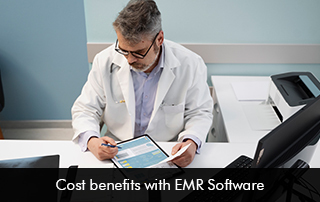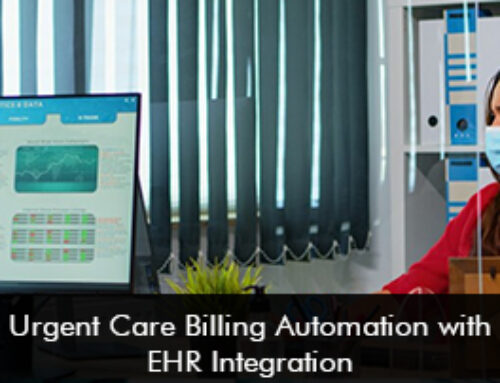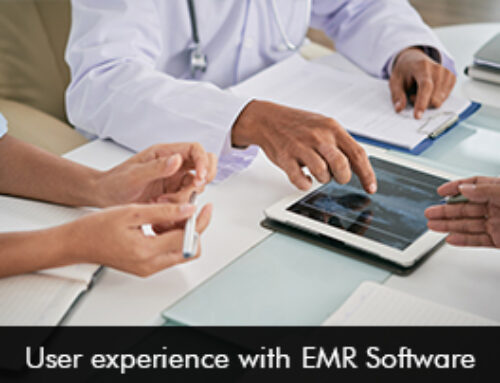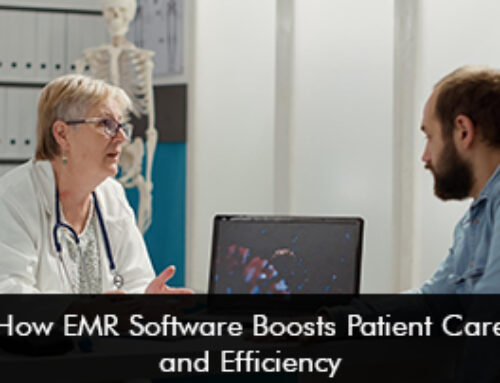The financial pressures within the USA’s healthcare domain have continued to rise, including the total amount of expenses, which reached $4.3 trillion in 2021. This reality increases the approachable fees and pressures patients and providers, triggering the need to embrace efficient solutions When Electronic Medical Records (EMR) Software is implemented expenses can be reduced and patient care delivery can be enhanced.
Reducing Administrative Costs with EMR Software
One of the biggest sources of cost savings offered by EHR Software is the reduction of administrative burden. Manual record-writing on paper consumes quite a lot of time and requires a lot of effort. EMR Software reduces manual work by providing robust tools such as appointment management, billing, and claims which decreases costs related to manual work.
Improved Workflow Efficiency
The use of Electronic Health Records Software facilitates the automation of various processes. This helps to reduce expenses and boost daily productivity, Claims like record retrieval, alteration of a patient’s history, and prescriptions are done more quickly and accurately. This results in more patient consultations per day without compromising the quality of care to be given.
Reduced Medication Errors with EMR Software
Medication errors add billions of dollars to the US healthcare system expenditure each year besides having to bear the cost of compensation. The FDA receives 100,000 reports of medication errors annually. Such mishaps can be avoided by using EHR Software where the integrated e-prescribing tools raise red flags about an interaction or an incorrect dose.
This type of approach in health care delivery diminishes the readmission status of patients enhancing their health status, though at the same time implying cost savings to the provider.
Saving up Physical Space
When hospitals deploy EMR Systems they save on storage costs associated with paper files. Also, expenses like ink, paper, and filing systems can be avoided. These savings can reduce cost burdens and lead to efficient workflows.
EMR Software and Preventive Care
Preventive care has been described over the years as one of the most effective strategies for cost containment in health care. EMR Software monitors and alerts the next pattern of patient data and risk factors in the patient that need attention. Neglected diseases, if diagnosed early and effectively managed, there will be little need for expensive treatments in the form of emergencies or hospitalizations.
Though the cost of implementing EHR Software is high in the initial phase it is very clear that there are very high returns for it. In a no-frills setting and extremely tight budgets, EMR Software is not an asset but an investment in change for the healthcare sector in America.







